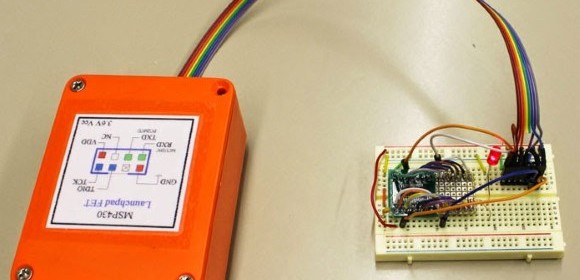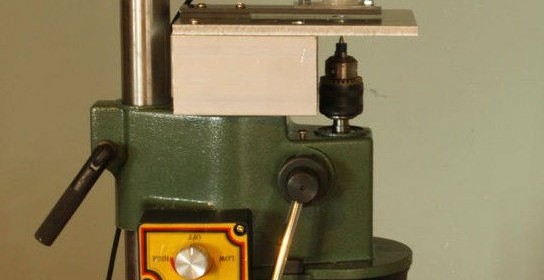Audio record/play implementation using MSP430

This application report discusses the implementation of a low-cost solution to store and play audio or using an MSP430. The reference design uses an external SPI flash memory, which enables flexibility of storage memory size based on the amount of playback time needed, while the low-cost MSP430F2002 MCU offers ultralow-power speech playback solution.
Read more


